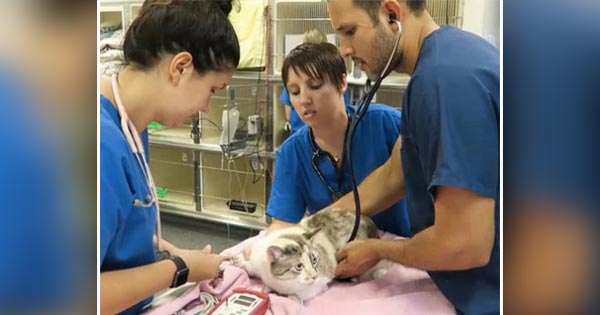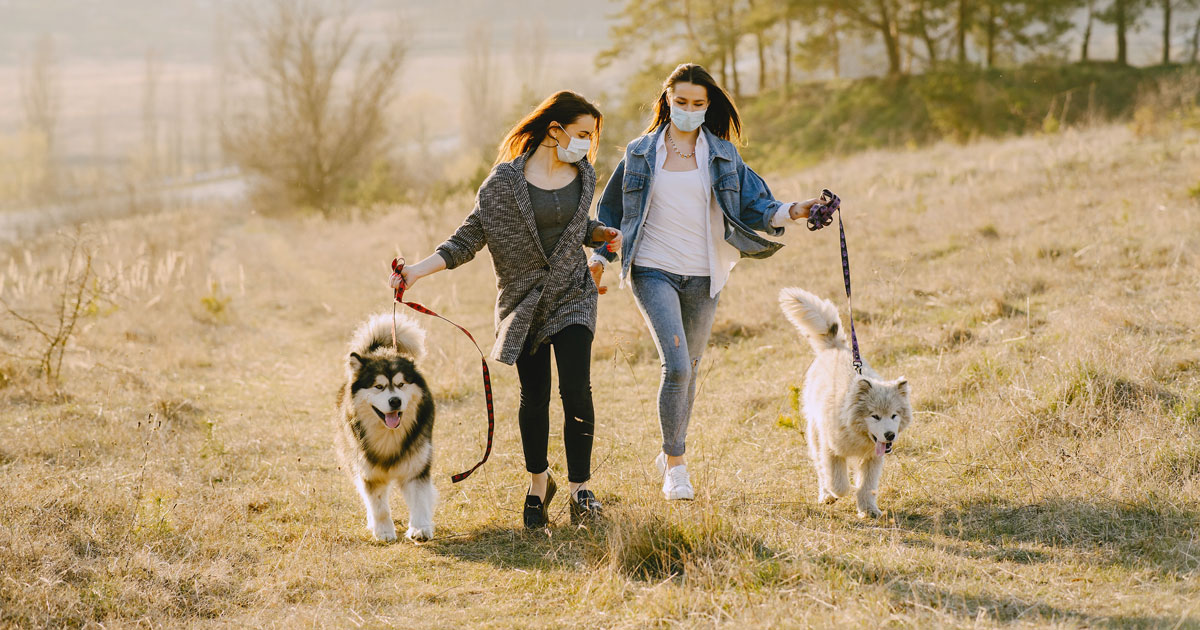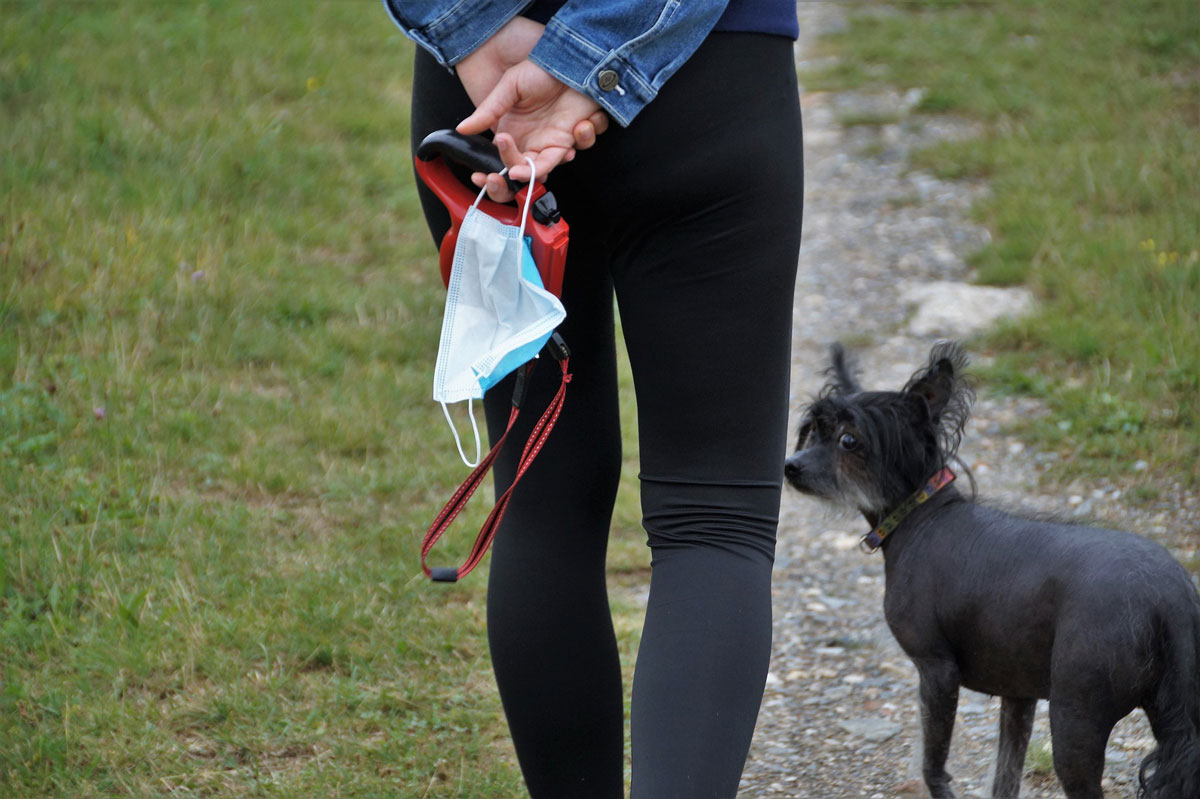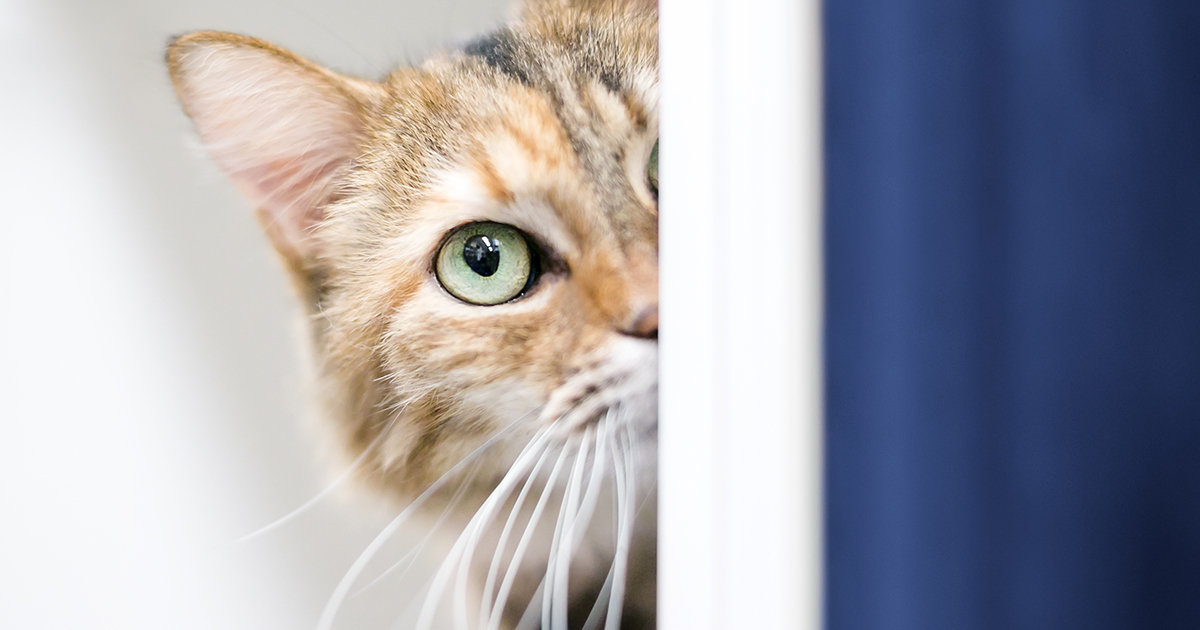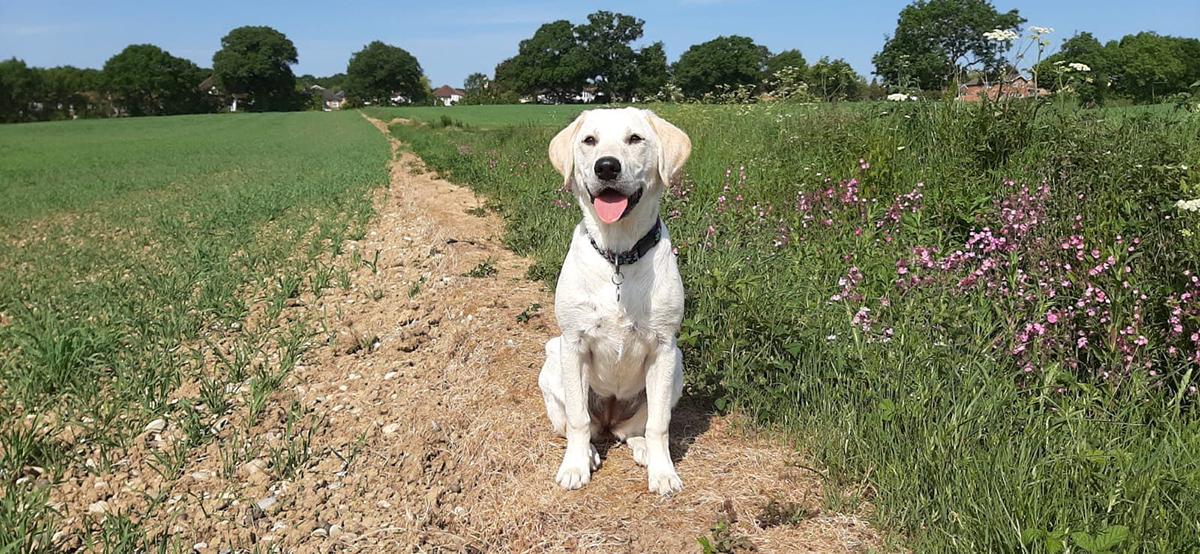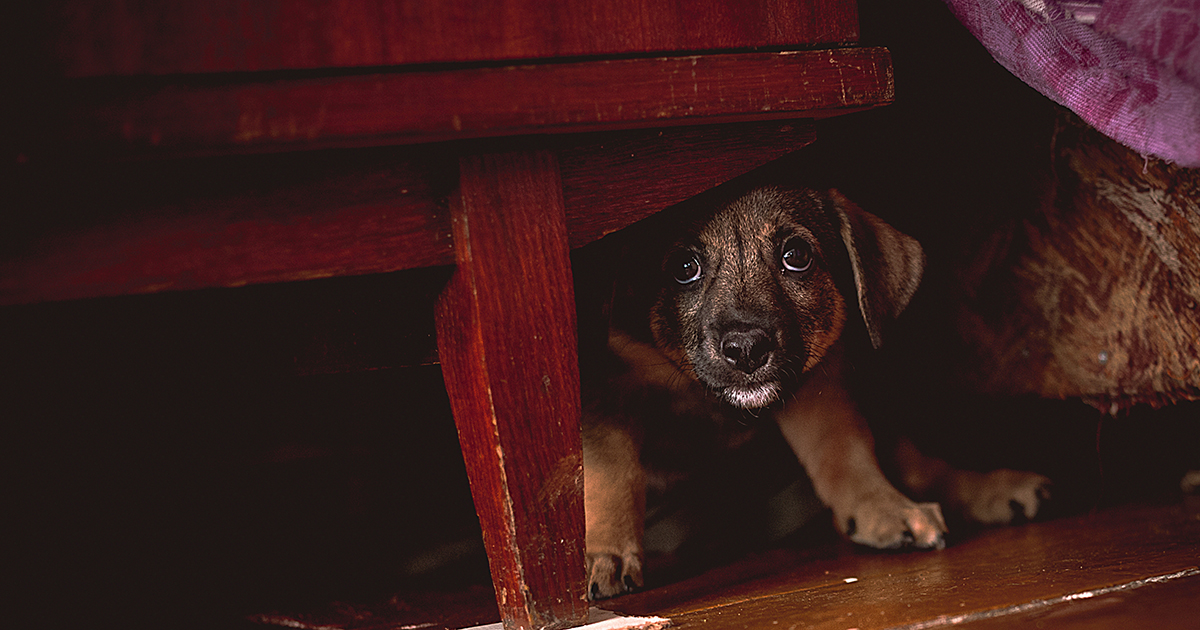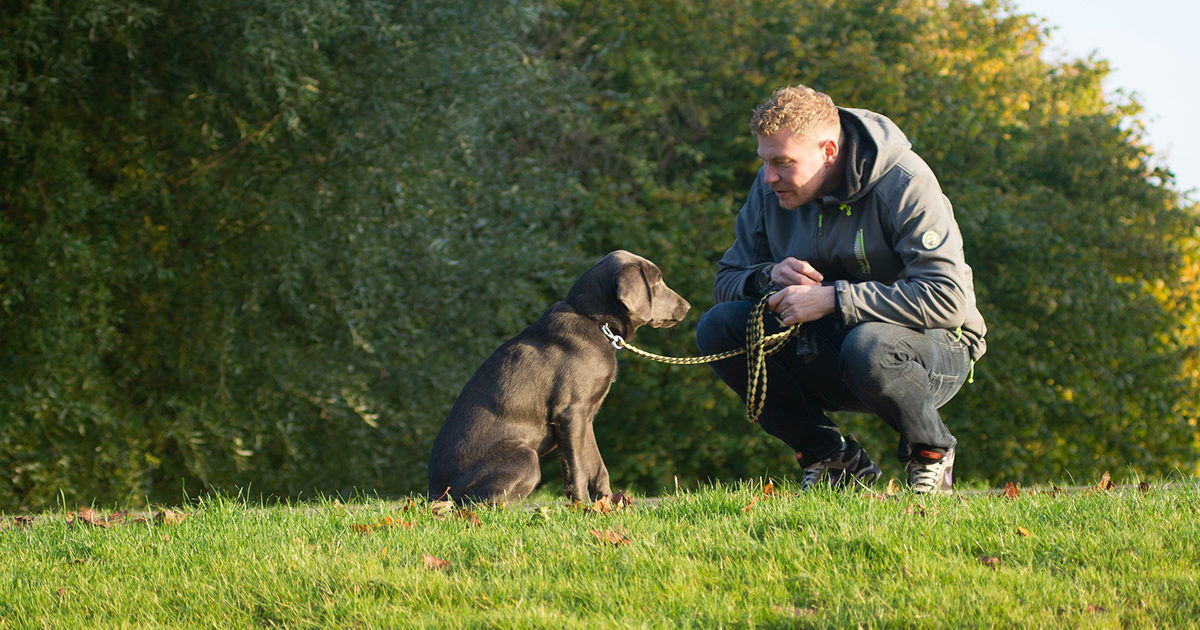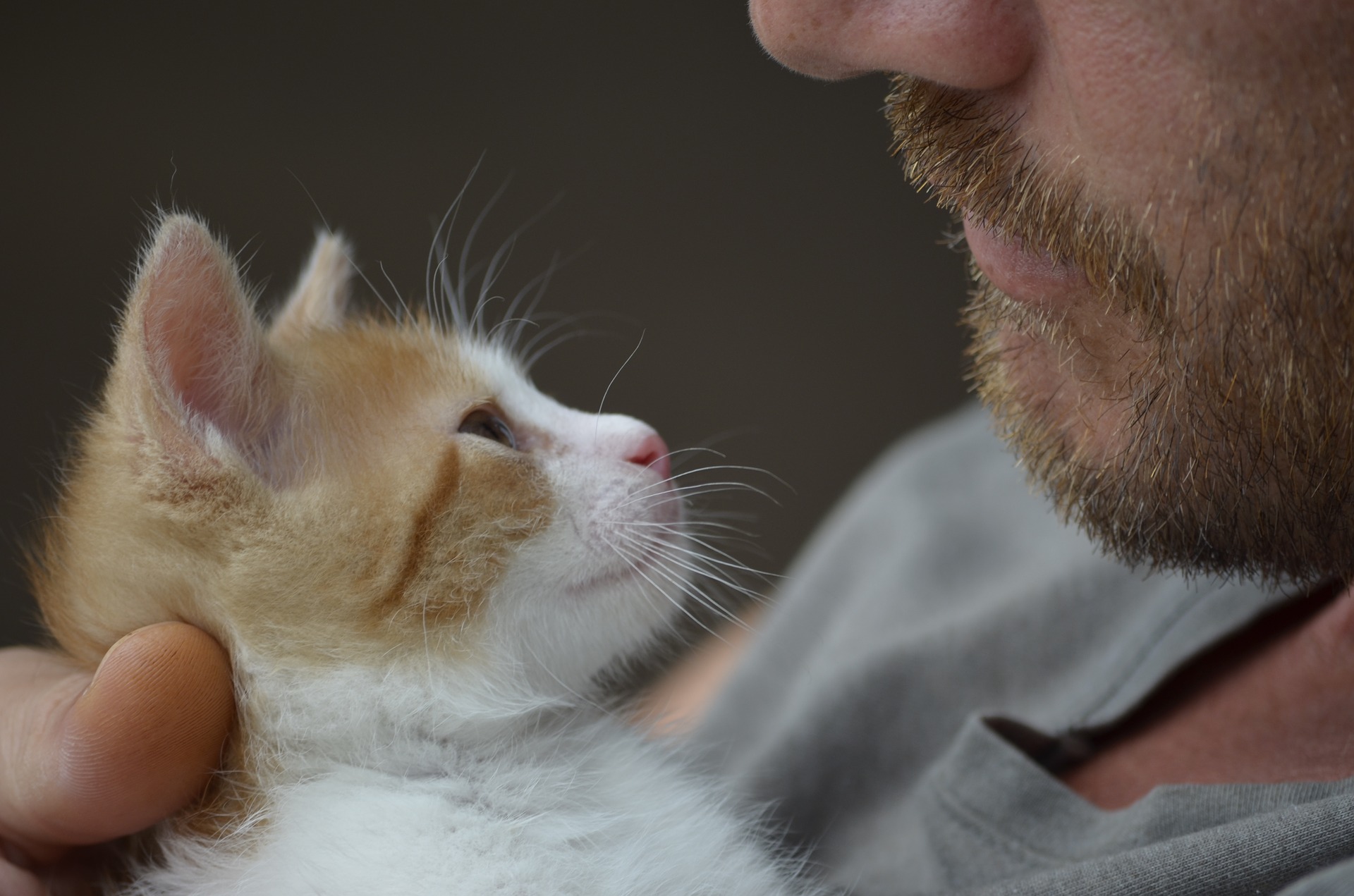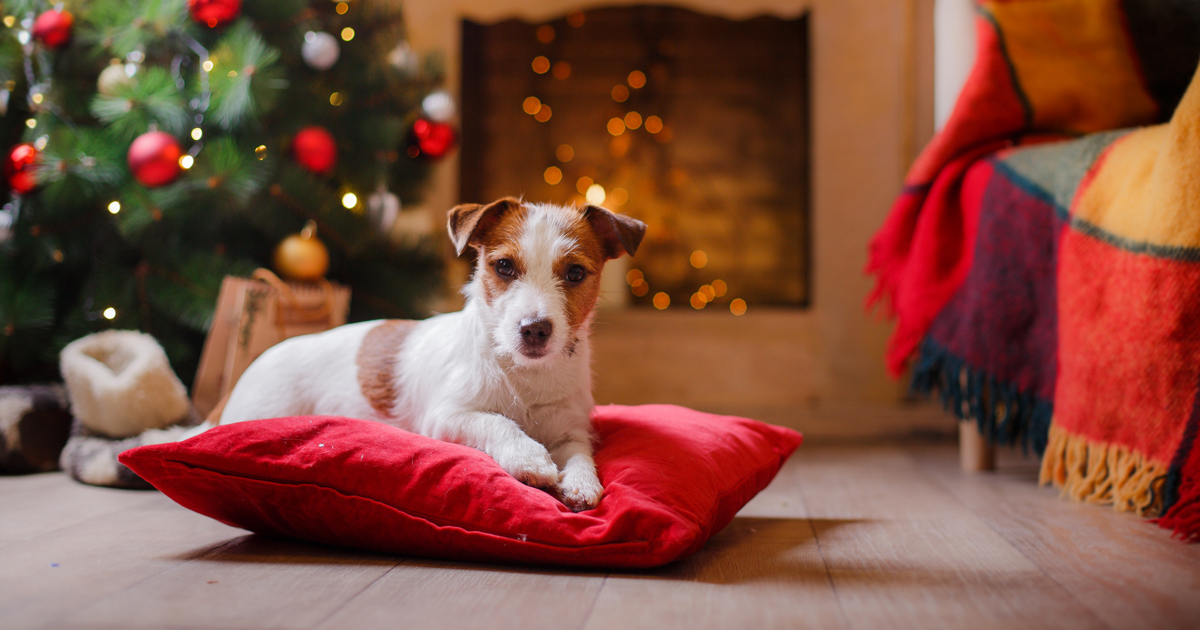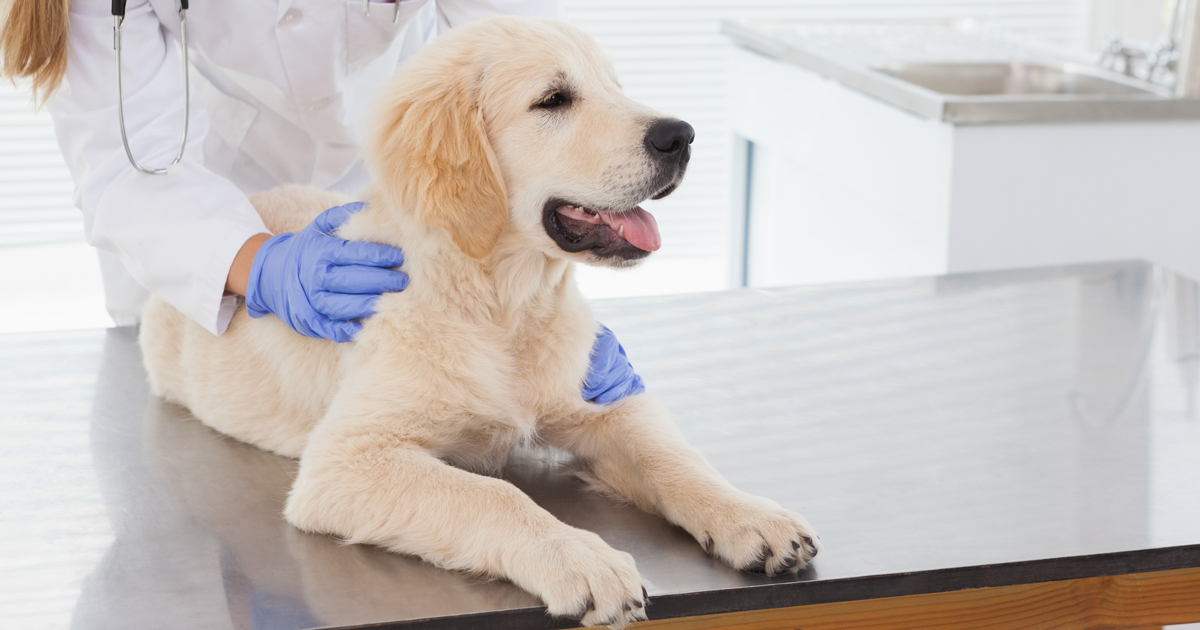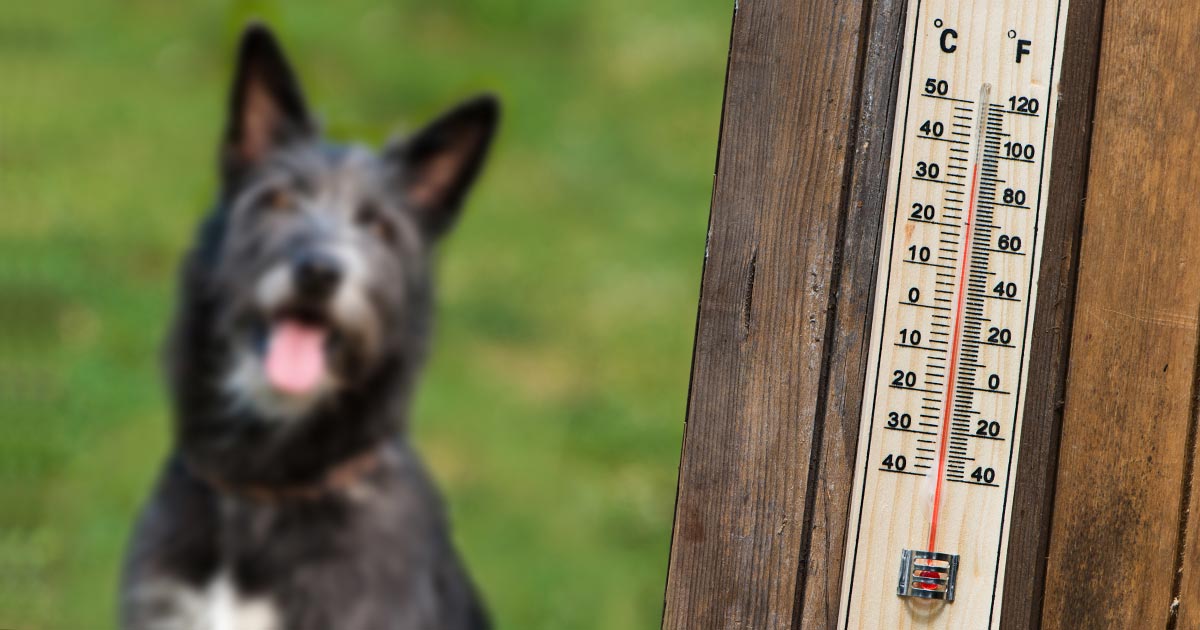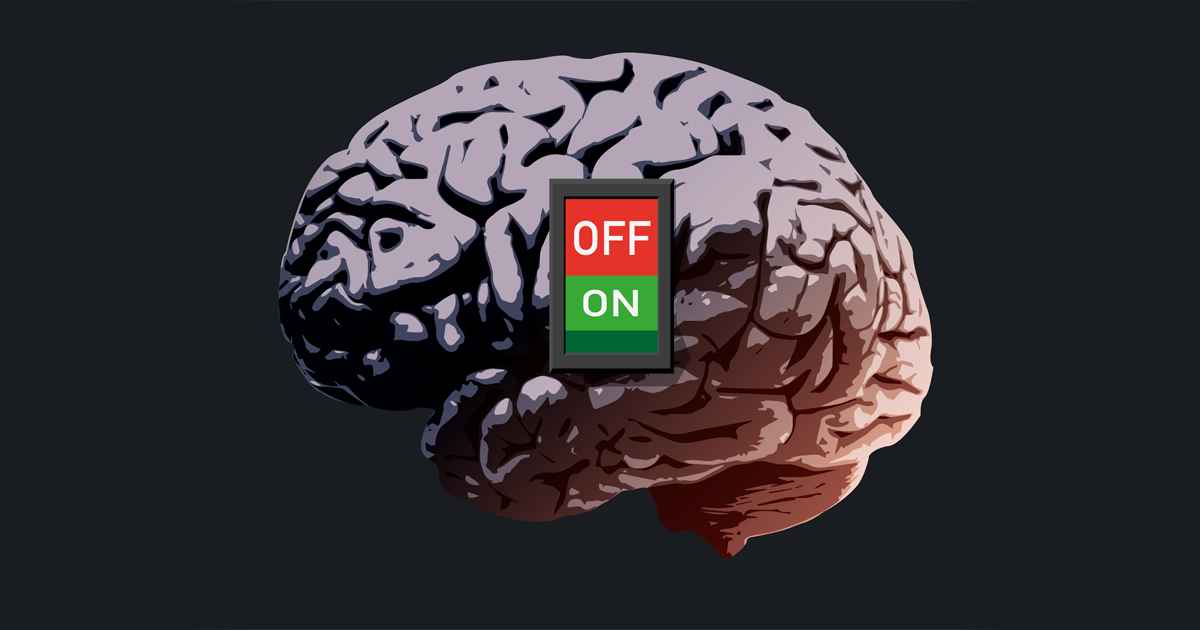We’ve all heard horror stories of dogs left in hot cars by their owners; it’s an issue that comes around every year like the warnings of dangers of chocolate at Easter and mistletoe in December.
Luckily, I’ve never seen a case brought into practice or even witnessed a dog shut into a car on a hot day – until this week.
While shopping, I noticed a small Westie lying rather forlornly in the back of a parked car. The windows were cracked and it was a cloudy day, so the owners had obviously assumed popping into the shop for however long they’d intended would do their animal no harm. Not surprisingly, I was immediately concerned.
Getting hotter
Despite the clouds it was a hot day and muggy – and as it was only 11 in the morning, the temperature was only going to rise. No water had been left for the dog (either out of laziness or for fear that it would be knocked over), and although I could tell he was alert, he moved from seat to seat, clearly agitated and anxious.
I’d hope the average passer-by would intercede, but being a veterinary student with all the worst-case scenarios scarred permanently into my brain, I didn’t feel right leaving it.
The situation didn’t seem urgent enough to warrant bashing the windows in – especially as I had no idea if the owner was just around the corner. Instead, I checked with the shop the car park belonged to, and although it didn’t have a tannoy system they thanked me, took down the registration number of the car in question and promised to watch diligently until the owner returned.
Legislation lacking
Since then I have been brushing up the laws in the UK regarding leaving animals in cars, and although it is not illegal to leave a dog in a car (regardless of the temperature, or the windows being rolled up or down), the owner may be prosecuted if anything happens to the animal in that car.
Given the number of dogs that die in hot cars, or shortly after being left in one every year, I think that this legislation needs to be reviewed. If you wouldn’t leave a child in a car unattended, why leave an animal that is arguably even more vulnerable?
What to do?
For anyone who finds themselves in the position I was – and there’s nobody around to help, the animal seems distressed or in danger, or you simply don’t know what to do – please know you are absolutely within your rights to call 999 and contact the emergency services. The best case scenario will be that the animal is absolutely fine and no intervention is needed – the worst case scenario is far, far worse.
Try to check how long the car has been there by looking for parking tickets. If you’re unsure whether a dog is suffering within a hot car, look for signs of heatstroke/hyperthermia such as heavy panting or drooling, lethargy, collapse or vomiting.
More advice can be found on the RSPCA or PDSA websites, and if in doubt, the RSPCA hotline (0300 1234 999) is available for advice.

